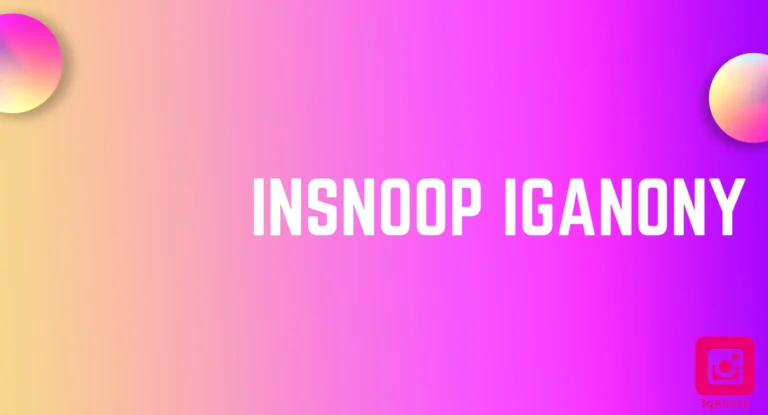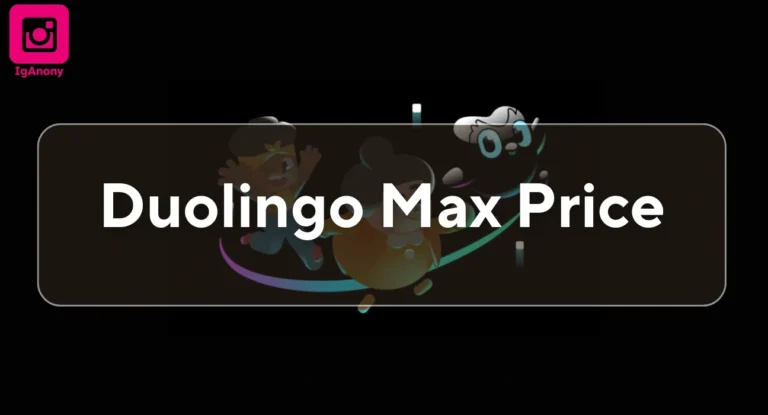The Evolution of Streetwear in Modern Fashion
Introduction
Streetwear has grown from small local communities into a major global fashion movement. The evolution of streetwear in modern fashion shows how casual styles once linked to skateboards, hip-hop, and youth culture have now become mainstream. Today, streetwear not only shapes trends but also influences luxury fashion, business models, and cultural identity.
1. Defining Streetwear & Its Beginnings
What is Streetwear?
Streetwear is a casual clothing style often made up of hoodies, sneakers, graphic T-shirts, baggy pants, and caps. It combines comfort with creativity and reflects youth identity.
Early Roots of Streetwear
Streetwear started in the 1980s and 1990s, influenced by California’s surf and skate scene, as well as New York’s hip-hop culture. It was about freedom, lifestyle, and self-expression, not about following traditional fashion rules.
2. Key Cultural & Social Factors Influencing Streetwear
Music and Youth Culture
Hip-hop, punk, and skateboarding played a huge role in shaping streetwear. Rappers, DJs, and graffiti artists often set trends that young people followed.
Identity and Community
Streetwear became a way to express individuality. The clothes represented values, groups, and belonging. Wearing certain brands created a sense of community.
Media and Urban Spaces
Streetwear spread fast through music videos, magazines, and now social media platforms like Instagram and TikTok. Urban life and digital spaces both helped push it into mainstream fashion.
read more : The Role of Therapy in Personal Growth and Healing
3. Major Phases in the Evolution of Streetwear
1990s to Early 2000s: The Rise
This era was all about skateboarding, hip-hop, and underground fashion. Baggy jeans, oversized shirts, and sneakers dominated the scene. Streetwear was rebellious and anti-mainstream.
Mid-2000s to 2010s: Moving to Mainstream
Streetwear started entering high fashion. Collaborations between streetwear brands and luxury houses became popular. Sneaker drops and limited editions created hype culture.
2020s: Innovation and Diversity
Today’s streetwear is more global and diverse. It includes sustainable fabrics, unisex styles, oversized fits, and techwear. Retro looks from the 90s and early 2000s also returned as part of the revival.
4. Styles & Trends Defining Modern Streetwear
Oversized Clothing
Large hoodies, loose pants, and oversized jackets are central to modern streetwear. Comfort and boldness are key.
Retro & Y2K Revival
Styles from the past, especially the late 90s and early 2000s, are making a comeback. Vintage sneakers and throwback designs are trending again.
Sustainable Streetwear
Brands are shifting to recycled fabrics, eco-friendly cotton, and upcycled designs. Sustainability is now part of streetwear’s identity.

Techwear & Utility
Modern streetwear includes functional pieces with multiple pockets, durable fabrics, and futuristic looks. This blends practicality with urban style.
Bold Graphics & Prints
Streetwear often carries bold logos, artwork, and cultural symbols. Graphic tees and statement designs remain highly popular.
5. How Streetwear Impacts Fashion Business
Luxury Collaborations
Luxury fashion and streetwear collaborations have blurred the line between high fashion and casual wear. This mix attracts younger buyers.
New Business Models
Streetwear brands use limited drops, online releases, and reselling markets. Scarcity creates hype and makes products more valuable.
Global Influence
Streetwear is no longer only American. From Tokyo to London to Lagos, local cultures adapt streetwear into their own unique versions.
6. Challenges and Criticisms in Streetwear
Over-Commercialization
Some argue that streetwear has lost its underground roots because too many companies copy the style for profit.
Environmental Concerns
Although eco-friendly steps are growing, many streetwear items still rely on fast fashion production, which harms the planet.
Cultural Appropriation
There are concerns about using cultural symbols without respect or understanding. This has sparked debate in fashion circles.
7. Future Outlook: What’s Next for Streetwear
Sustainable Growth
Eco-friendly fabrics, recycling, and small capsule collections will become more important in streetwear’s future.
Digital Fashion
Streetwear will expand into digital spaces with virtual clothing, online drops, and even wearable tech.
Inclusivity
Streetwear is moving toward gender-neutral designs, wider size ranges, and more representation of diverse voices.
Local Influences
More designers will draw inspiration from their own cultural roots, mixing heritage with modern streetwear.
Conclusion
The evolution of streetwear in modern fashion tells the story of how youth culture changed the global fashion industry. From skate parks and rap stages to luxury runways and online stores, streetwear has traveled a long journey. Today it represents comfort, creativity, and community.
The evolution of streetwear in modern fashion is still ongoing. With sustainability, inclusivity, and digital fashion leading the way, streetwear is shaping not just how people dress but also how they express their identity in the modern world.







